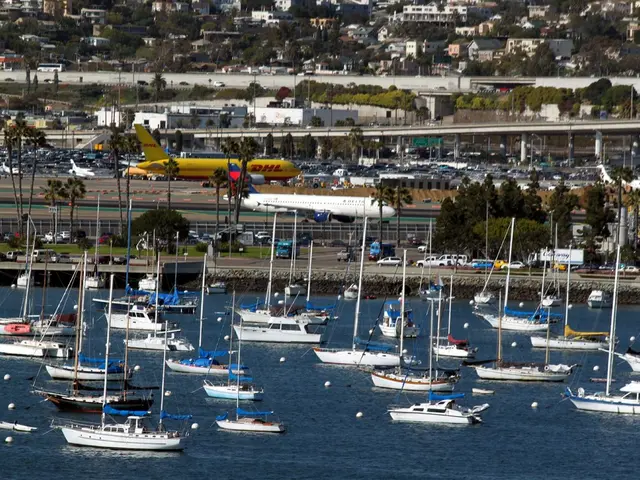U.S. Ports Busy in H1 2025, February Sets Three-Year High
The first half of 2025 is shaping up to be a busy one for U.S. ports, with a projected total of 12.78 million TEU, marking a 5.7% increase from the same period last year. February 2025 is expected to be particularly bustling, with a three-year high of 2.07 million TEU.
U.S. ports handled 2.22 million TEU in January 2025, a 13.4% year-over-year increase, indicating that import volumes remain elevated. Retailers are continuing to bring in merchandise ahead of potential tariff hikes. However, a slowdown is expected this summer, with June and July projected to see year-over-year declines in import volume.
The current 20% tariff on goods from China, along with the potential implementation of 'reciprocal' tariffs on other countries in April, is likely influencing these trends. Carriers may adapt by using larger vessels and consolidating calls at major ports, which could potentially impact smaller ports. Additionally, a new fee of $1 million to $1.5 million per Chinese-built ship docked at a U.S. port is being considered.
Despite the expected slowdown this summer, U.S. ports are projected to remain busy through spring 2025. The impact of tariffs and carrier strategies on port activity and smaller ports is a developing story to watch in the coming months.
Read also:
- Xiaomi's YU7 SUV Challenges Tesla's Dominance with Impressive Pre-orders and Features
- VinFast Partners with Castrol India for After-Sales Support in India
- Activist Wangchuk Sounds Alarm on Ladakh's Climate Crisis and Silenced Voices
- Railway line in Bavaria threatened by unstable slope - extensive construction site at risk







